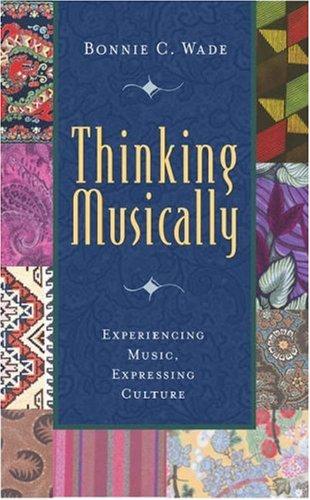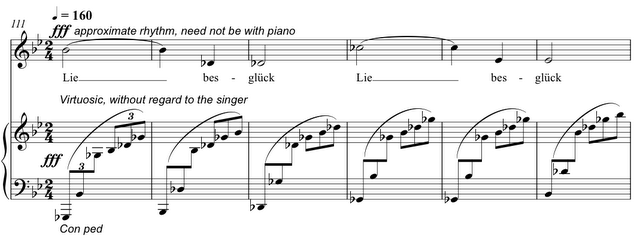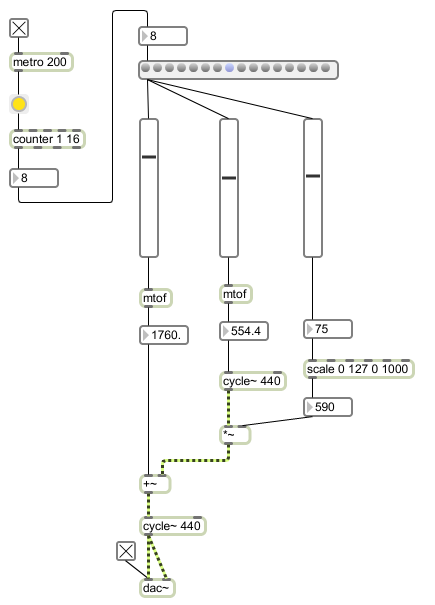So here I am at the Forum for Innovation in Music Production and Composition at Leeds College of Music. It's been a while since I've attended a conference, but I'm getting back into the swing of it. It's hardly coalmining; nevertheless, it's quite tiring to sit still all day listening to a long series of what can be quite dense and complicated presentations.
The subject matter for this conference at least is consistently up my street. Here's a quick outline of the things people have been talking about, these are not the paper titles, but rather my quick summaries;
- Julian Brook on the role of and status of the person operating the mixing desk in ea music
- Martin Blain on the MMULe laptop ensemble in Manchester (must find out about an article by Michael Kirkby which he referred to, on acting and non-acting?)
- Adam Stansbie building up and then comprehensively knocking down some dubious philosophical ideas (Godlovitch) which have been proposed around performance in ea music
- some, um, perhaps not entirely convincing comparisons between so-called 'avant-rock' and 'experimental' musics from Chris Ruffoni
- an entertaining and difficult paper from Robert Wilsmore on music sampling, full of clever postmodern confusions, most notably his so called 'Wilsmore Symphony No 2', where he proposed the thought experiment of taking Beethoven's Symphony No 2, scoring out Beethoven's name and putting his on it instead
- Jon Aveyard comparing practices in binaural audio to the cinematic notion of the 'point of view' (interesting, ideas for a piece in there, also some nice demo's of different kinds of POV shot from Goodfellas and The Lady in the Lake (1947)
- Robert Ratcliffe showing some of his complex and brilliant mashups of, like, Aphex Twin and Berio?!? I now remember meeting Robert at a previous concert, his work is really, really great, clear, entertaining, naughty
- Mark Marrington giving a thoughtful survey of the state of the modern digital audio workstation, and how it informs the work of his composing students
- Rob Godman talking about live-ness and stage presence, with reference to his piece Duel for piano and sound projection
Oh, yes and we had Jazzie B this morning, for, well, a keynote speech, but really mostly a question and answer session about his wide range of experiences as a music producer. Also met Frank Millward, who it turns out is doing a project in Glasgow at the moment which sounds right up my street, looking forward to hooking up with him again. Also caught up with Jane Anthony; I did a piece a few years ago for her Leeds Lieder+ festival, talking about me coming down for a talk, maybe even doing the whole song cycle down there. Also met a couple of my ex-students. Also, just had a great bowl of satay noodles. Enough for one day, I think.


